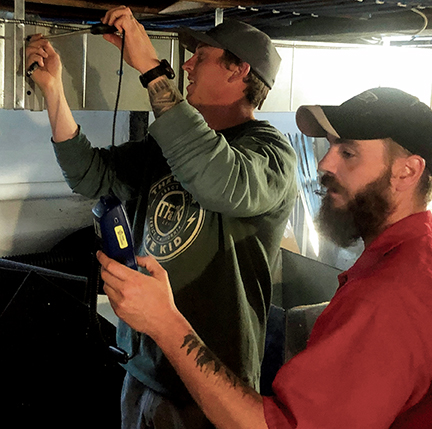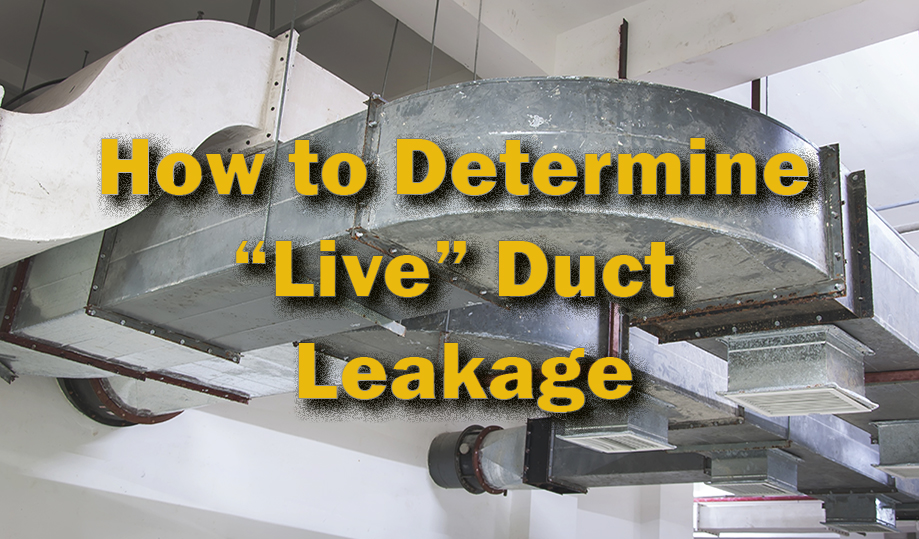Many installations have Total External Static Pressure (TESP) that is so excessive that it can damage or shorten the blower motor’s life. If you arbitrarily seal ductwork on these systems without replacing restrictive fittings or upsizing under-sized runs, this can further increase the TESP and do more harm than good.
Evaluate duct systems via static pressure profiles and upgrades. Any upsizing should occur before duct sealing.
Renovate/Update the Duct System: Take the test results to identify the duct system sections that need renovation and/or upsizing. While you can find many problems using static pressure testing and measurements, you also need airflow readings from a balancing hood to find which ducts don’t deliver the right amount of air. You can surgically repair a duct system from these results instead of tearing it out and starting over.
Seal the Duct Work: Once you renovate/upsize the ductwork, THEN you can seal it.
Duct Sealing Rules to Live By
Following are some rules for sealing the duct system:
- Be professional. Don’t slather it on as if it were a rack of ribs. Apply the sealant surgically and professionally. Tape off areas not being sealed. Whether you call it Mastic, pookie, goop, or my favorite from our Canadian professionals, Goose Crap, duct sealant is expensive and should be used both sparingly and cleanly
- Ensure the air handling unit/fan is turned off when sealing, and leave it turned off for at least 24 hours after. If the sealant is applied while the unit is running, air will blow through the leaks preventing proper setting.

Here is an experiment you can try at home: Take two drinking straws ‘ slice each one about one inch with a razor. Apply duct sealant to both slices. Immediately blow through one and let the second straw sit for 24 hours, then blow through it. You’ll see a dramatic difference.
- As stated above, conduct your own experiments with sealing at your office. Train your employees to do it properly.
When you work in occupied buildings where the ductwork needs to be sealed, let the owners or tenants know the system will need to be ‘down’ or shut off for a short period.
Add Insulation Where Testing Indicates: Although this article is about duct sealing, I would be remiss as a professional if I did not address another issue that was proven and discussed by ASHRAE/ANSI Standard 221 – Test Method to Field-Measure and Score the Cooling and Heating Performance of an Installed Unitary HVAC System.
Temperature is the missing piece of the puzzle that assures the heating and cooling capacity from the equipment makes it into the building.
If temperature changes through the duct system, comfort and efficiency issues result even if air delivery is correct.
Accurately determining live duct leakage is a critical skill for TAB, HVAC, and facilities professionals. Keep in mind that you must keep duct leakage in context with other essential elements ‘ such as temperature and Btu delivery ‘ to determine HVAC system performance.













Recent Comments